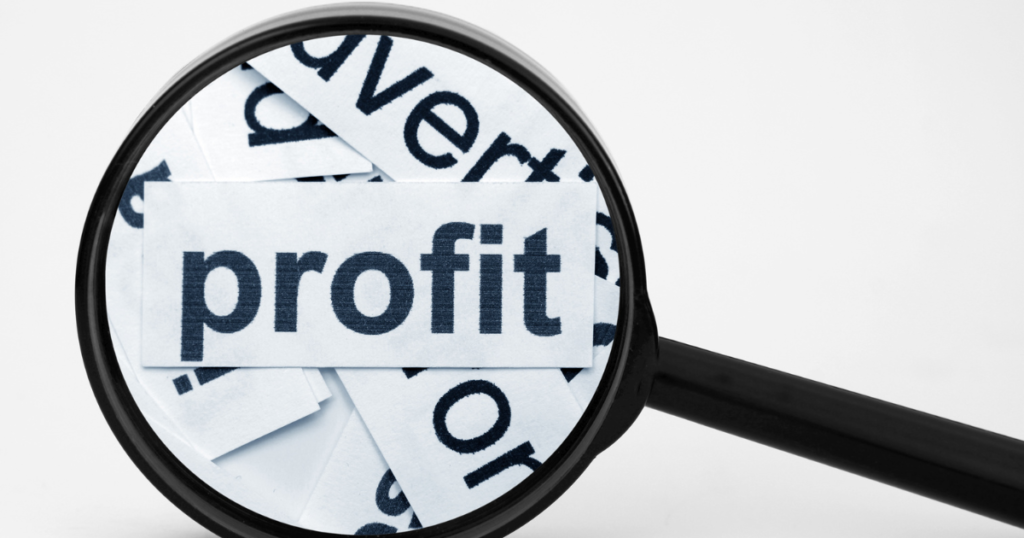When applying for a business loan, one of the most critical steps banks undertake is the detailed analysis of the company’s financial health through ratio analysis. This process helps banks assess whether the borrower is in a position to repay the loan and, consequently, determine the loan eligibility and terms. Understanding the importance of key financial ratios can significantly improve your chances of securing a loan.
At AskMeFinance, we understand the complexities of ratio analysis and how crucial these figures are in determining loan approval. Our team specializes in conducting a thorough analysis and presenting your case in a way that increases the chances of a faster and higher loan approval.
Why Ratio Analysis is Important for Loan Applications

Ratio analysis provides banks with a clear and quantifiable insight into the financial health of a business. It helps them evaluate critical aspects such as liquidity, solvency, profitability, and leverage. These ratios act as benchmarks to determine whether the business can generate enough cash flow to meet its debt obligations.
For businesses seeking loans, understanding these ratios not only improves the chances of loan approval but also helps in making informed financial decisions. A well-analyzed financial report showcasing strong ratios can help secure loans at favorable terms.
Key Ratios Banks Consider for Loan Approval
Banks use several key ratios to assess the creditworthiness of a business. These include:
1. TOL / TNW Ratio (Total Outside Liabilities to Tangible Net Worth)

One of the most crucial ratios banks evaluate is the Total Outside Liabilities (TOL) to Tangible Net Worth (TNW) ratio. It indicates the company’s leverage by comparing its external liabilities (borrowings, creditors, etc.) to the tangible net worth (shareholders’ funds).
• Formula: TOL/TNW = (Total Outside Liabilities) / (Tangible Net Worth)
• Importance: A lower ratio indicates that the company has fewer liabilities relative to its net worth, signifying financial stability. Banks prefer lending to companies with lower TOL/TNW ratios, as it indicates lower credit risk.
2. Debt Service Coverage Ratio (DSCR)

The DSCR is a key ratio that measures a company’s ability to service its debt obligations from its operating income.
• Formula: DSCR = (Net Operating Income) / (Total Debt Service)
• Importance: A DSCR greater than 1 indicates that the company generates enough income to cover its debt payments, which reassures the bank of timely repayment. A higher DSCR improves the chances of loan approval.
3. Current Ratio

The current ratio is a measure of the company’s liquidity, showing its ability to pay off short-term obligations with its current assets.
• Formula: Current Ratio = (Current Assets) / (Current Liabilities)
• Importance: A current ratio of above 1 indicates that the company can cover its short-term liabilities with its current assets. Banks look for a current ratio that balances liquidity without over-accumulating assets.
4. Interest Coverage Ratio

This ratio measures the company’s ability to pay interest on its outstanding debt.
• Formula: Interest Coverage Ratio = (EBIT) / (Interest Expense)
• Importance: A higher interest coverage ratio signals that the company is generating enough income to comfortably meet its interest obligations, reducing the bank’s risk of default.
5. Leverage Ratio

This ratio highlights the degree to which a company is funding its operations through debt versus its equity.
• Formula: Leverage Ratio = (Total Debt) / (Total Equity)
• Importance: A lower leverage ratio indicates a more stable company with lower financial risk, making it more attractive for lending.
6. Profitability Ratios

Banks also evaluate the company’s profitability through ratios like Return on Assets (ROA) and Return on Equity (ROE) to ensure the business generates sufficient returns.
• Formula for ROA: ROA = (Net Income) / (Total Assets)
• Formula for ROE: ROE = (Net Income) / (Shareholders’ Equity)
• Importance: Higher profitability ratios indicate a well-performing company that can meet debt obligations and has a good return on investments.
How AskMeFinance Helps
At AskMeFinance, we go beyond just number crunching. We dive deep into your business’s financials to understand the unique aspects that may not be visible from the surface. Our experienced team conducts a thorough analysis of all key financial ratios, identifying areas of strength and improvement.
We then work on presenting your case in a structured and professional manner, making it easier for banks to assess and approve your loan application quickly. Our goal is to ensure that you not only get a fast loan approval but also secure the maximum amount possible based on your financial metrics.
Conclusion:
Ratio analysis is an indispensable tool for both businesses and banks when assessing loan eligibility. By understanding and optimizing key financial ratios such as TOL/TNW, DSCR, and the current ratio, businesses can enhance their chances of securing favorable loan terms.
At AskMeFinance, we are dedicated to simplifying the loan process for businesses by ensuring comprehensive financial analysis and professional presentation, leading to faster loan approvals and better outcomes.
For expert financial consultation and loan facilitation, trust AskMeFinance to be your partner in growth.



